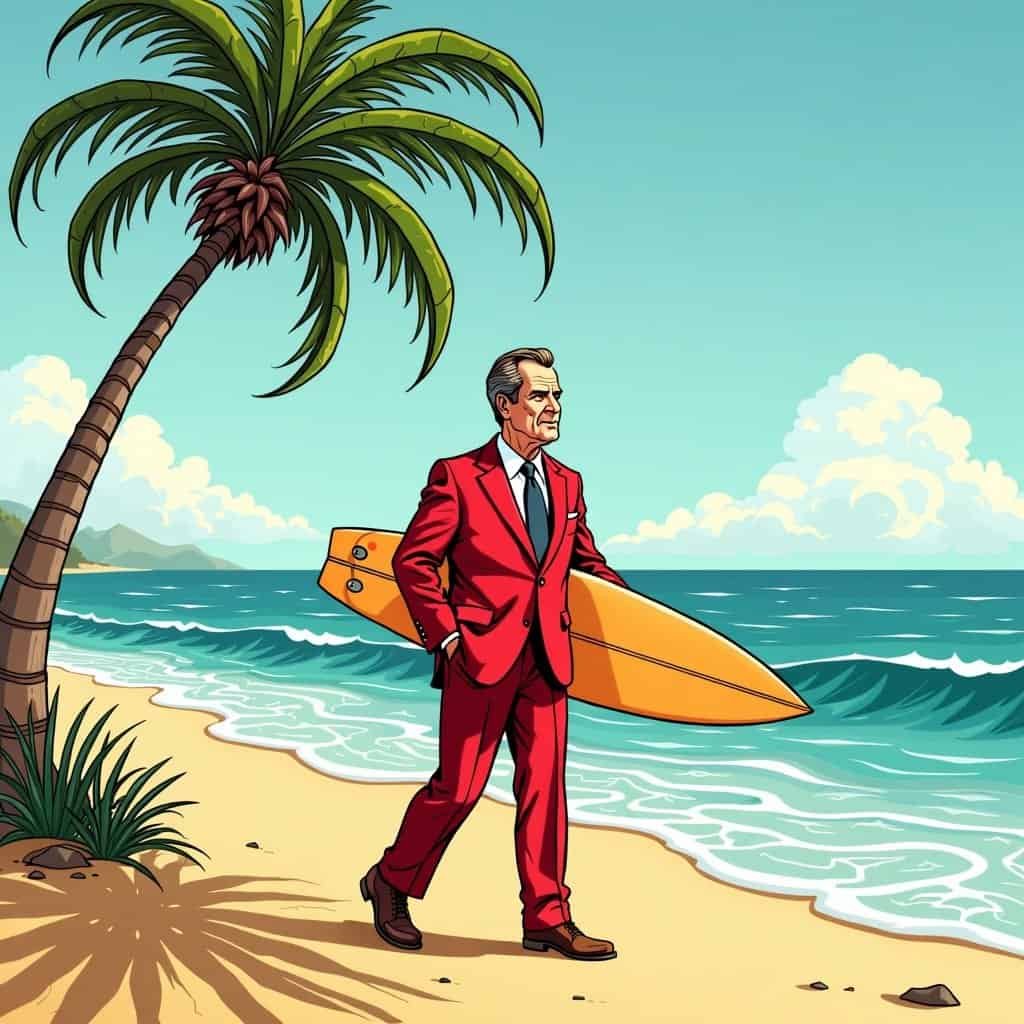Ah, the Western White House—a term that floats through history like a California breeze. Perched on the sunny cliff tops of San Clemente, this wasn’t your run-of-the-mill presidential getaway. It was where hardcore conservatism rubbed shoulders with West Coast waves. Richard Nixon, the 37th President of the United States and a conservative heavyweight, made sure this retreat did more than just offer stunning Pacific views. It became a symbol of political muscle, a right-wing stronghold far from the hustle and bustle of Washington D.C.
Imagine it: a spot where Nixon could pore over policy papers, away from the D.C. circus, with only pelicans and salty sea air for company. The Western White House wasn’t just geographically west; it leaned right politically, a fortress for Republican strategy that had even the waves nodding in agreement. Conservative readers might appreciate such savvy downtime—mixing the serious stuff of running a country with the chill vibes of a California sunset.
This wasn’t just a fun little side project. Nixon’s Western White House marked a time when conservative bigwigs knew how to get things done anywhere. The Republican Party, having thrived on ideas like tight wallets and small government, understood the value of setting up shop in eye-catching locales—after all, who can say no to a policy pow-wow with Pacific Ocean eye candy?
The Western White House: A Conservative Oasis
Key Features of Nixon’s San Clemente Retreat
| Feature | Description |
|---|---|
| Location | San Clemente, California |
| Nickname | The Western White House |
| Political Significance | Conservative strategy hub |
| Scenic Advantage | Pacific Ocean views |
| Presidential Occupant | Richard Nixon |
Back then, the free market ideas and hands-off approach favored by Republicans were hashed out in a place that really embodied freedom: the wide-open, sandy beaches where ideas could grow as wild as the seaweed. And let’s not forget, while the D.C. crowd was busy tightening rules like a life jacket in a storm, the conservatives at the Western White House were letting creativity set sail.
You can bet the Democrats had some thoughts about this setup. They probably pictured Nixon dreaming up environmental rules as loose as the sand under his toes, all while they clung to their vision of more centralized control back east. But, as any good Republican would argue, the bright ideas sparked in places like this were key to boosting a strong economy and making sure American innovation rode the waves like a champion surfer!
We’re poking fun, but it’s likely that some of the era’s defining conservative game plans were cooked up in the halls of the Western White House. It was here that the ideals of opportunity and small government did a happy dance with market forces—a dance more intricate (and definitely more productive) than anything Washington could dream up.
Wrapping It Up
To wrap it up, the Western White House stands as a reminder of the cool stuff that can happen when serious leaders mix governing with a laid-back California vibe. If only today’s political scene could find that sweet spot between policy and paradise! In the spirit of Nixon’s legacy, we ask: what big ideas are you cooking up today, and where would you choose to do it? Just think of the possibilities. Until we stumble upon the next Western White House, or at least a spot that’s just as strategically awesome, let’s look back fondly on those sunny, salty moments where conservative thinking was shaped by the warm breezes of San Clemente.






